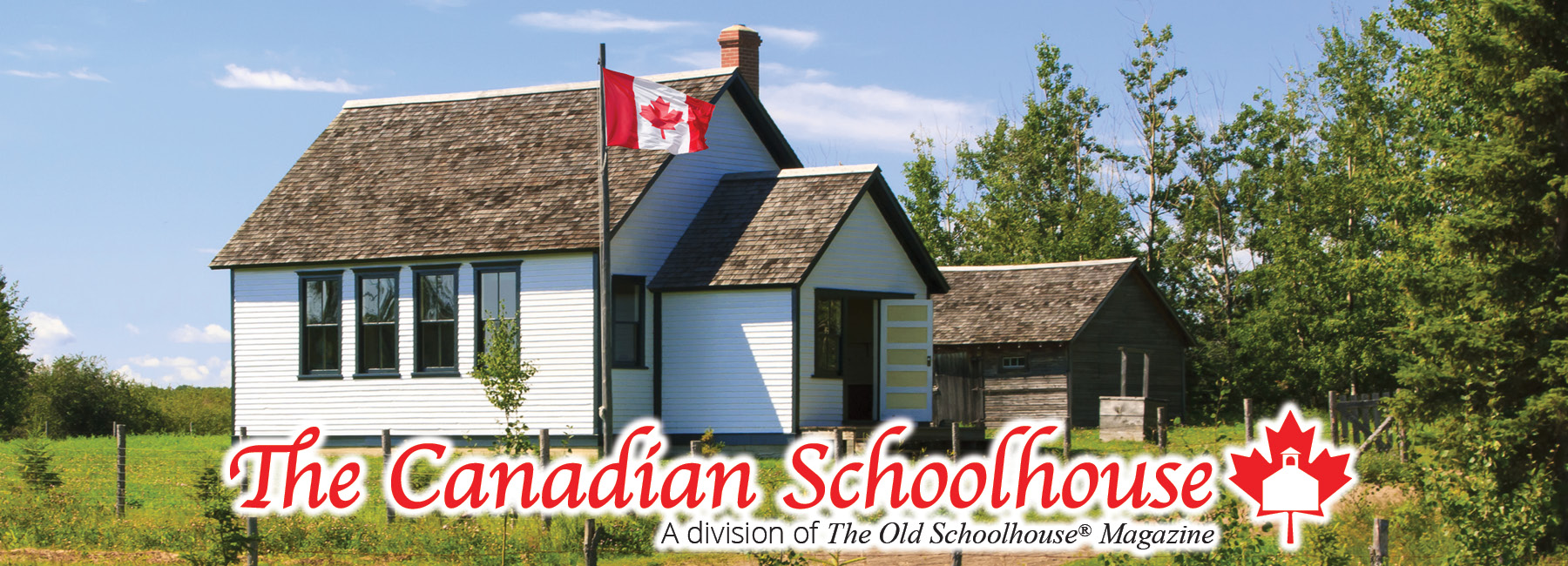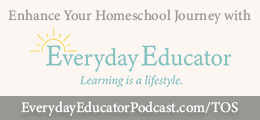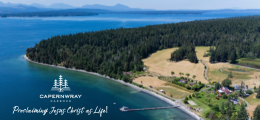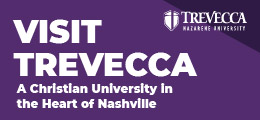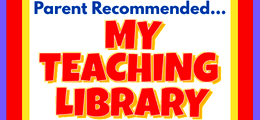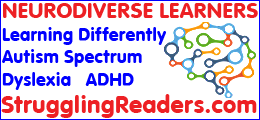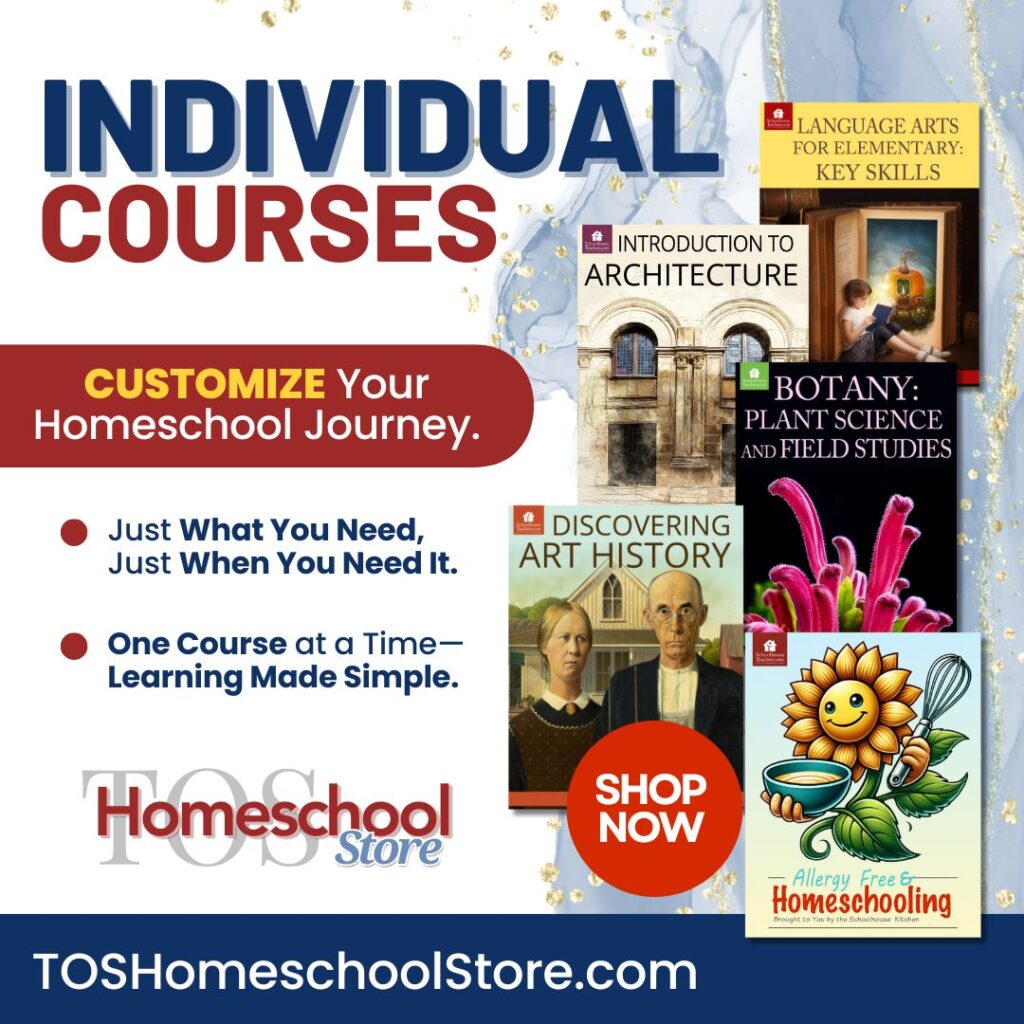Indigenous Culture and Traditions
Teaching your children about the way of life in different cultures provides them with a wider view of the world and exposes them to the various ways God has made us unique. There are many different indigenous cultures and traditions across the world today and even more when we look at the history aspect of cultures! The articles below barely touch on the many different indigenous cultures in all the countries, but we hope this will encourage you to springboard into learning more about the geography and history of people and their land.
The first article "Resources for Teaching Indigenous History and Culture" gives you ideas and inspiration on how to find the places and people that can help you know more on this topic. "Residential Schools and Their Lasting Effect" is an Albertan homeschool mom's personal story about the effects of residential schools on Canada's First Nations people and how she found healing in Jesus Christ. For an indigenous culture father away from Canada, "Indigenous Culture and Traditions of the Igorots in the Philippines" will uncover many strange traditions of these people and provides a cultural recipe to enjoy a Igorot traditional dish in your own home.
Be sure to scroll down to see all the helpful content on indigenous cultures and traditions, and don't miss the More For You section that has additional resources to gain more insight on this theme.

Why study Indigenous history and culture? It is important for homeschoolers to be knowledgeable not just about general Canadian history but to be familiar with more specific areas that are part of our country’s history. That includes Indigenous history and culture. With the resources shared in this article, family members of all ages will find numerous avenues of learning about Indigenous history in engaging and interesting ways. Here are some resource suggestions to get you started as well as places where you can find more information.
Continue Reading...

Throughout the last couple years, there has been an increased knowledge of some of the atrocities that have happened to the First Nations of Canada, more recently with the findings of the little bodies of children who never made it home from the residential schools across the country. There are many children who became adults that have physically survived the schools but had their culture and identity torn from them, as well as the value of their personhood.
Continue Reading...

According to the 2010 research by the United Nations Development Programme, the Philippines has an estimated number of 14-17 million indigenous peoples. They belong to 110 ethno-linguistic groups found all over the country. Probably the most famous of these indigenous tribes are the Igorots.
Continue Reading...
More for You
From The Old Schoolhouse Magazine:
"There are some principles that make it easier to relate to others from very different places, and we can learn these in lieu of the very expensive prospect of vast experience. I believe it is important, even imperative, that our children learn them."
SchoolhouseTeachers.com Member Pick
A homeschool social studies course where students will travel across six continents, visit numerous countries, and discover countless cultures.
"While traditionally made outdoors over a fire, you can still try out the recipe in your own home. If you want to be adventurous, try making these in a cast iron skillet over an outdoor fire!"
Created for families, home educators and teachers, Headphone History is a truly Canadian audio history written for children with stories and legends woven throughout.




